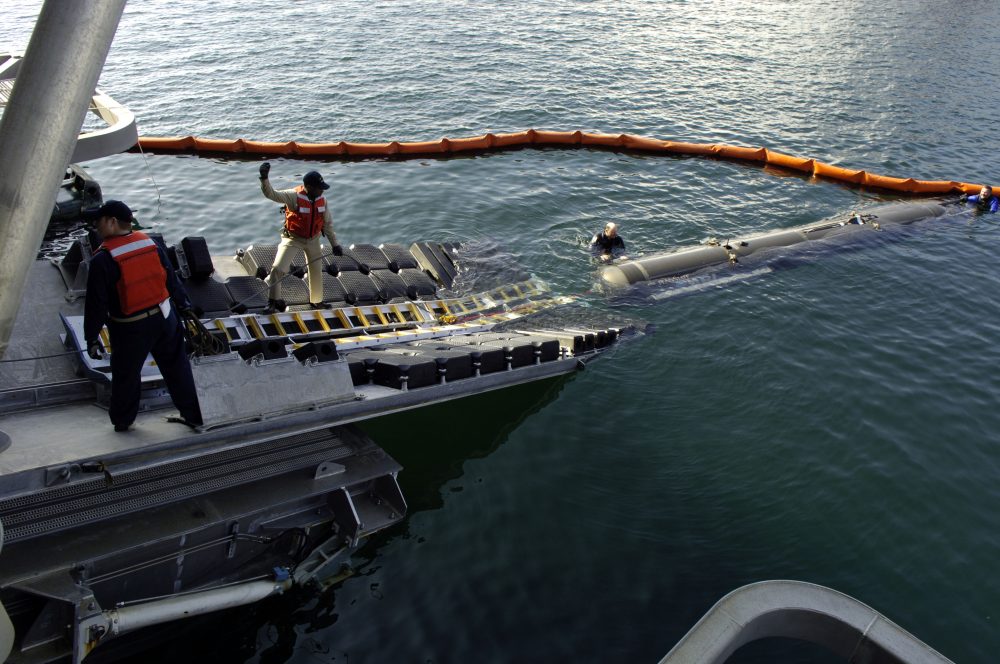This post is also available in:
 עברית (Hebrew)
עברית (Hebrew)
The use of robotic systems in the maritime arena has been growing recently and many organizations begin to acknowledge the potential contribution at the battlefield as well as the civilian sphere. The US National Science Foundation has awarded $1 million to five Oregon State University (OSU) researchers to study the operation of autonomous marine vehicles.
The NSF grant comes on the heels of the $3.6 million the College of Engineering received in robotics-related funding in fiscal year 2017, the nearly $2 million it received the previous year and a recent $6.5 million grant from the Defense Advanced Research Projects Agency (DARPA) to make artificial-intelligence-based systems like autonomous vehicles and robots more trustworthy.
According to roboticstommorrow.com, the grant further enlarges the university’s robotics footprint three months after the OSU College of Engineering established the Collaborative Robotics and Intelligent Systems (CoRIS) Institute to advance the theory, design, development and deployment of robots and intelligent systems able to cooperate with people.
It also broadens the reach of the OSU’s Marine Studies Initiative, a university-wide effort to increase understanding of coastal and ocean systems while promoting sustainability in key issues, including climate change, food security and safety, natural hazards, renewable energy production and natural resources management.
Geoff Hollinger and Julie A. Adams of the College of Engineering and Jack Barth, Jonathan Nash and Kipp Shearman of the College of Earth, Ocean and Atmospheric Sciences are the principal investigators on the $1 million grant. Hollinger is a roboticist, and Adams is a computer scientist.
The project builds on cross-campus collaborations that bring engineers and ocean scientists together to produce innovations such as ROSS – the robotic oceanographer surface sampler – and advanced underwater glider operations.
The project seeks to increase vehicles ability to withstand long periods with little to no communication from a human technician.


























